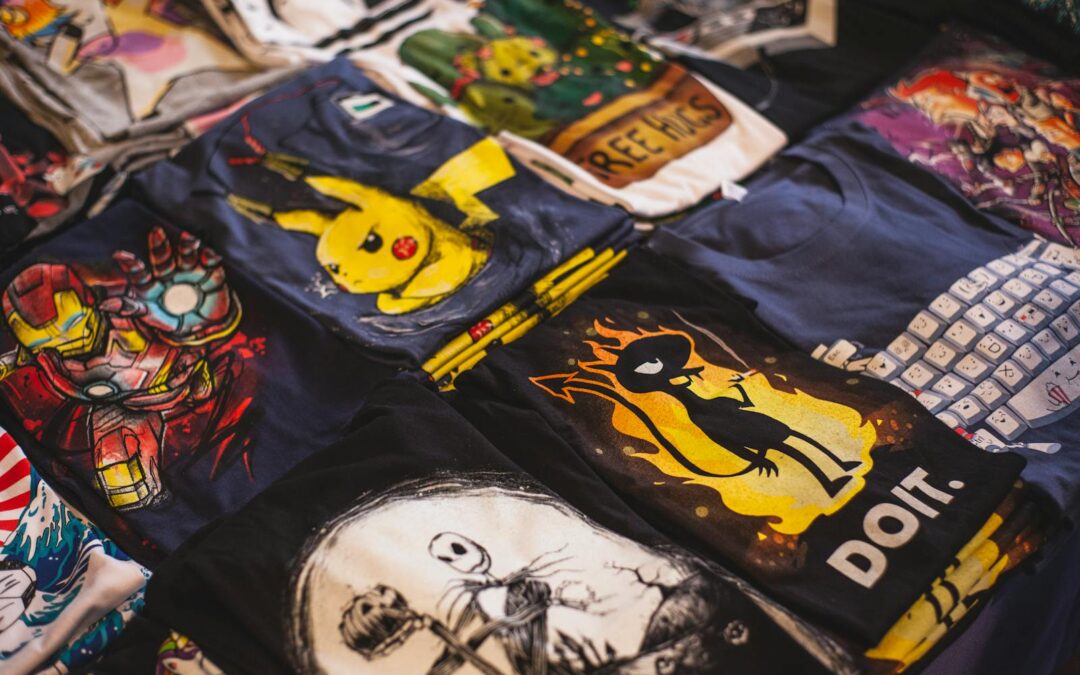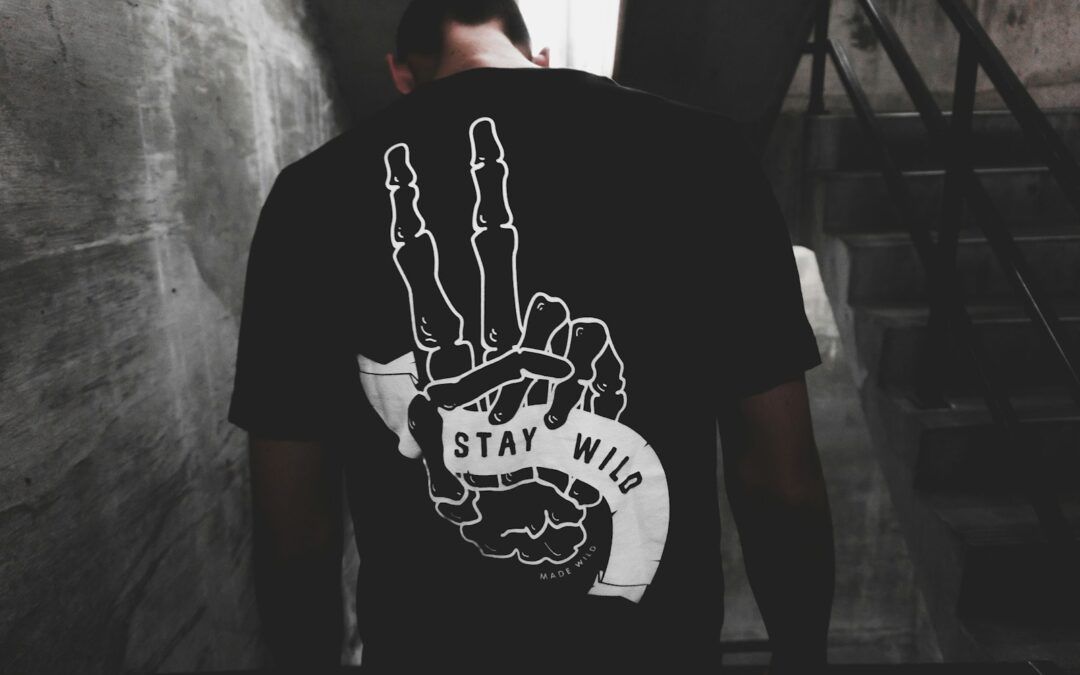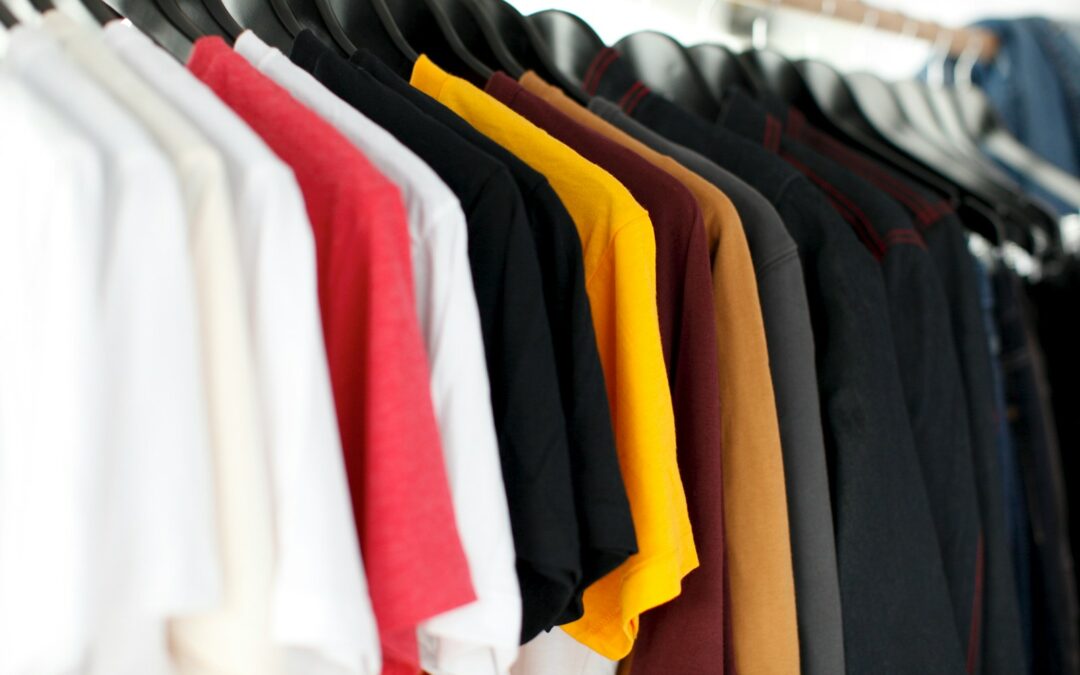Have you ever wondered what is DTG printing?
Choosing the right printing method can significantly impact the quality, cost, and overall success of your custom apparel business.
In this comprehensive comparison, we’ll explore Direct-to-Garment (DTG) printing and Direct-to-Film (DTF) printing to help you determine which method best suits your needs.
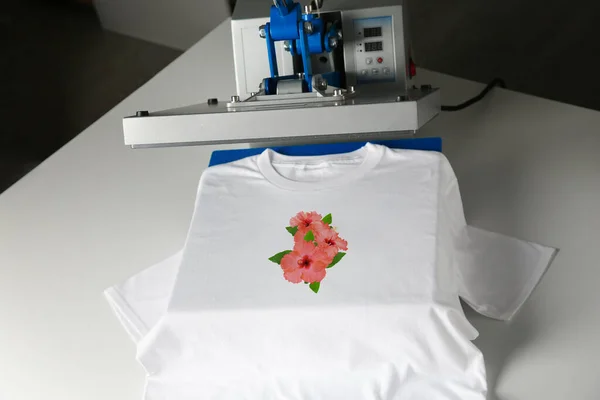
Introduction
The battle between DTG and DTF printing has intensified as both methods offer unique benefits and applications.
While DTG printing has been a staple in the custom apparel industry for years, DTF printing is quickly gaining popularity due to its versatility and cost-effectiveness.
Let’s break down the key factors to consider when choosing between these two methods.
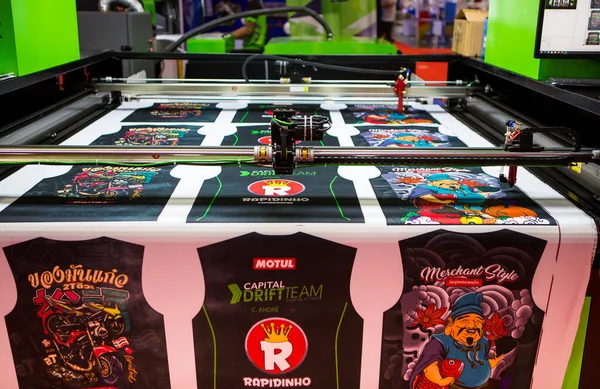
What is DTG Printing?
Direct-to-Garment (DTG) printing is a method that uses specialized inkjet printer technology to print designs directly onto textiles, primarily garments. This technique allows for high-resolution images and a wide range of colors, making it ideal for complex designs and photographic prints.
Direct-to-Garment printing is known for its ability to create vibrant and detailed designs without the need for screens or plates, which reduces setup time and costs for small orders.
Additionally, DTG prints works best on 100% cotton fabrics, as the ink adheres better to natural fibers compared to synthetic materials. Overall, DTG technology is a popular choice for custom apparel businesses looking to offer unique, high-quality products on demand.
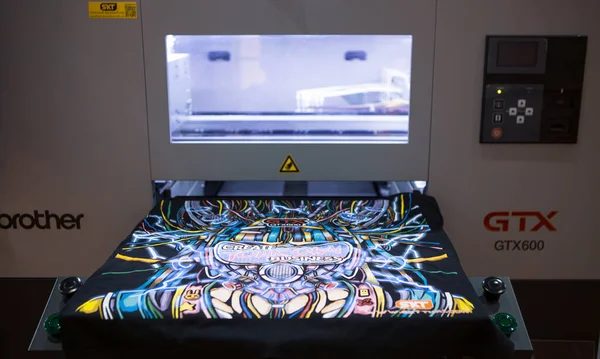
What is DTF Printing?
Direct-to-Film (DTF) printing is an innovative technique that involves printing designs onto a special film, which is then transferred onto textiles using heat and pressure. This method allows for the application of vibrant colors and intricate designs on a variety of fabrics, including cotton, polyester, and blends.
DTF printing stands out for its versatility, as it can be used for both light and dark garments without compromising print quality. The process begins with printing the design on a film using specialty inks, followed by applying a powder adhesive that is cured to ensure durability.
This method not only offers excellent wash durability but also maintains the softness of the fabric, making it an appealing option for many custom apparel businesses seeking efficient production with high-quality results.
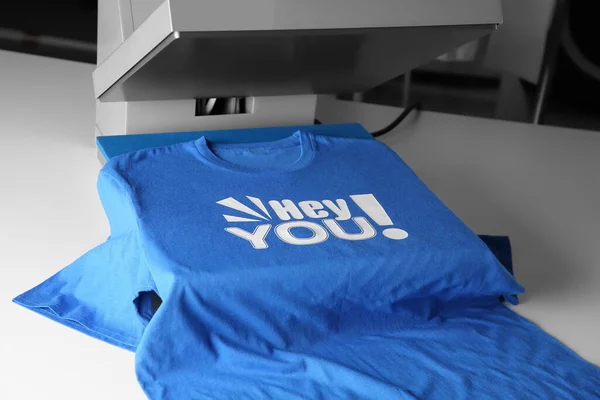
Print Quality
DTG Printing:
Known for its high print quality, DTG produces detailed and vibrant colors. This method excels in capturing intricate designs and gradients, making it ideal for complex artwork.
- Pro: High detail and color vibrancy.
- Con: Limited on dark fabrics without a white ink underbase.
DTF Printing:
DTF also offers excellent print quality on both light and dark fabrics. The prints are vibrant and detailed, and the method allows for various special effects like glitter and foil.
- Pro: Vibrant results on both light and dark fabrics.
- Con: Print durability may not match DTG, especially on dark fabrics.
Fabric Compatibility
DTG Printing:
Versatile in fabric compatibility, DTG works well with 100% cotton and various blends.
- Pro: Compatible with a wide range of fabrics.
- Con: Less effective on polyester.
DTF Printing:
Primarily suitable for 100% cotton and blends, DTF can struggle with polyester fabrics.
- Pro: Works well with cotton and blends.
- Con: Less vibrant results on polyester.
Environmental Impact
DTG Printing:
Generally more eco-friendly, DTG uses water-based inks and minimal waste.
- Pro: Eco-friendly with water-based inks.
- Con: Requires pretreatment, which can add to waste.
DTF Printing:
Also environmentally friendly, DTF uses biodegradable films and water-based inks, reducing its environmental footprint.
- Pro: Uses biodegradable films and water-based inks.
- Con: Still requires film, which adds to waste.
Cost Analysis
DTG Printing:
Higher initial investment due to the cost of DTG printers, but operational costs are manageable.
- Pro: Good for small batch orders.
- Con: Higher initial investment.
DTF Printing:
More cost-effective for small to medium batch orders, offering a high return on investment.
- Pro: Lower initial investment and operational costs.
- Con: Initial setup can be challenging.
Versatility
DTG Printing:
Ideal for detailed designs but less versatile in terms of special effects.
- Pro: Excellent for detailed and complex designs.
- Con: Limited special effects.
DTF Printing:
Highly versatile, allowing for a wide range of special effects such as glitter and foil prints.
- Pro: Wide range of special effects.
- Con: Limited by the size of the transfer film.
Durability
DTG Printing:
Offers excellent durability, with designs lasting through numerous washes.
- Pro: High durability.
- Con: Requires proper maintenance to ensure longevity.
DTF Printing:
Good durability but may require additional steps for proper adhesion, especially on dark fabrics.
- Pro: Good durability with proper adhesion.
- Con: May require additional steps for the best results.
Setup and Maintenance
DTG Printing:
Easier initial setup but requires regular maintenance to keep the equipment in good condition.
- Pro: Easier setup.
- Con: Regular maintenance required.
DTF Printing:
More challenging initial setup with a steeper learning curve but lower maintenance over time.
- Pro: Lower ongoing maintenance.
- Con: Steeper initial learning curve.
Turnaround Time
DTG Printing:
Slower printing speeds make it less ideal for large-scale production.
- Pro: Good for small batch orders.
- Con: Slower production speeds.
DTF Printing:
Faster production and delivery times, making it suitable for small to medium batch sizes.
- Pro: Faster turnaround time.
- Con: Limited by transfer film size.
Customization
DTG Printing:
Allows for high levels of personalization but is limited in terms of special effects.
- Pro: High personalization.
- Con: Limited special effects.
DTF Printing:
Offers extensive customization options, including special effects like glitter and foil.
- Pro: Extensive customization options.
- Con: Limited by transfer film size.

Understanding the DTG Printing Process | How Does DTG Printing Work?
The Direct-to-Garment (DTG) printing process is a revolutionary method that enables high-quality, vibrant prints directly onto textiles. This process begins with the preparation of the garment, where it is typically pre-treated to ensure optimal ink adhesion and vibrancy.
Next, the garment is loaded into the DTG printer, where specialized water-based inks are applied directly onto the fabric using inkjet technology. This allows for complex designs and fine details to be captured accurately.
After printing, the garment undergoes a curing process, where heat is applied to set the inks, ensuring durability and wash resistance. The entire process is relatively quick, making DTG an attractive option for custom apparel businesses looking to produce unique designs with minimal setup time.
Understanding the DTF Printing Process
The Direct-to-Film (DTF) printing process is an innovative method that enables the creation of high-quality prints on a range of fabrics.
This process begins with designing the artwork, which is then printed onto a special transfer film using water-based inks. The inks used in DTF printing are formulated to provide excellent adhesion and vibrancy when applied to textiles.
Once the design is printed, a heat transfer adhesive powder is applied to the wet ink on the film and is then cured with heat to create a strong bond.
Afterward, the film is placed onto the desired garment, and heat is applied using a heat press. This step activates the adhesive, allowing the design to adhere seamlessly to the fabric.
The result is a durable print that maintains its vibrancy and detail, suitable for a variety of materials, including cotton and polyester blends. DTF printing stands out for its versatility, allowing for intricate designs and special effects, making it an increasingly popular choice for custom apparel production.
Other Printing Methods
In addition to DTG and DTF printing, there are several other printing methods used in the custom apparel industry. Each technique has its own set of advantages and limitations, making them suitable for different applications.
Here are some notable alternatives:
- Screen Printing | One of the traditional printing methods involves creating a stencil and using it to apply ink to fabrics. Ideal for large orders and offers excellent durability. The screen printing process is very hands-on. Screen printing technology is behind compared to new-age digital printing methods.
- Sublimation Printing | Utilises heat to transfer dye onto materials typically used for polyester fabrics. Produces vibrant colors and allows for full-color designs.
- Vinyl Cutting | Involves cutting out designs from colored vinyl sheets and heat pressing them onto garments. Great for simple graphics and lettering but not ideal for intricate designs.
- Heat Transfer Printing | Involves printing a design onto a special transfer paper, which is then applied to the fabric using heat. Suitable for various fabrics but may peel over time if not applied correctly.
- Embroidery | A method that stitches designs directly onto fabrics, providing a textured, high-quality finish. Best for logos and simpler designs on garments like caps and jackets.
Each of these printing methods brings unique characteristics to the table, making it essential for custom apparel businesses to choose the one that best suits their needs and production requirements.

Conclusion
After a thorough comparison between DTG and DTF printing, it is evident that DTF printing offers a more versatile, cost-effective, and eco-friendly solution for small businesses and custom apparel designers.
Contact Limitless Transfers for your DTF printing needs!
With superior print quality, enhanced fabric compatibility, and a lower initial investment, DTF printing emerges as a clear winner.
Its ability to handle various design types, including dark-colored fabrics, and its relatively fast turnaround time for small to medium batch sizes make it an optimal choice for those seeking high-quality, durable prints with minimal environmental impact.
For businesses and individuals looking to elevate their custom apparel game, we recommend exploring DTF printing further. If you’re interested in adopting DTF printing for your projects, feel free to


